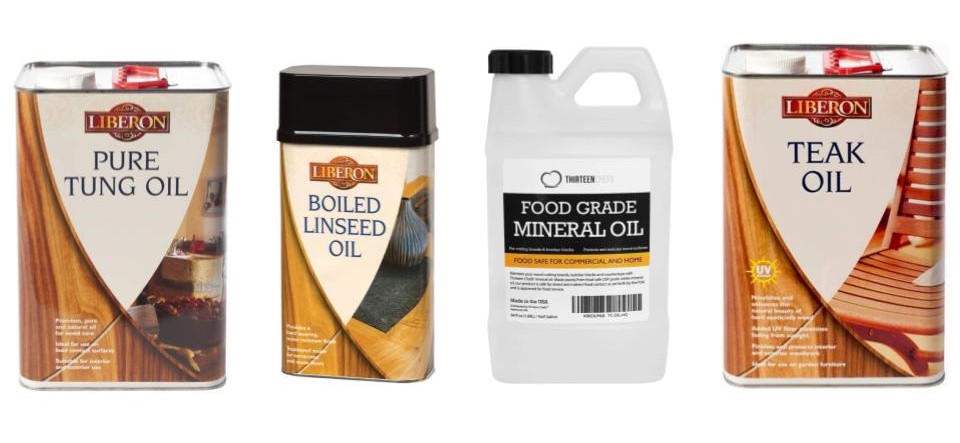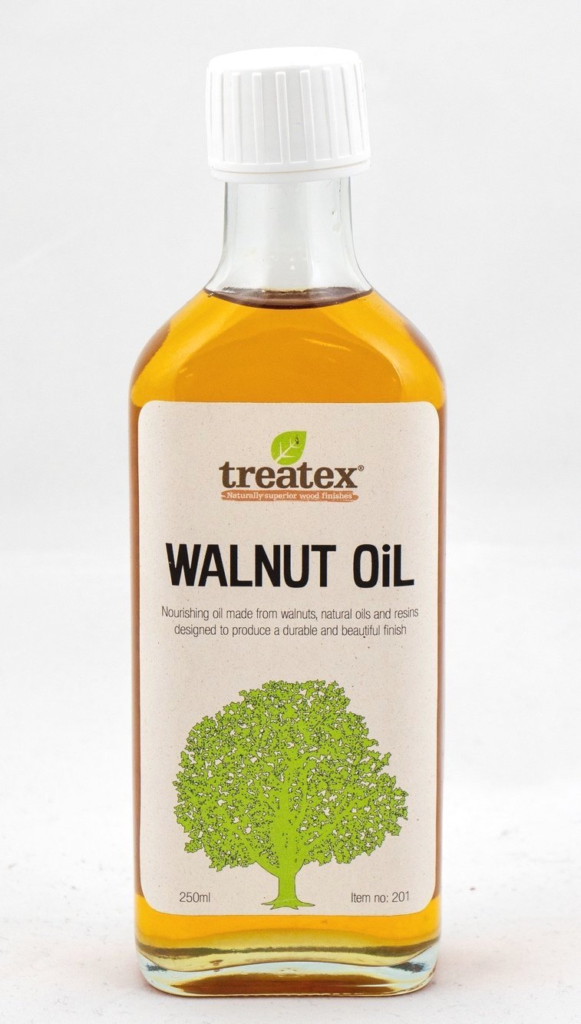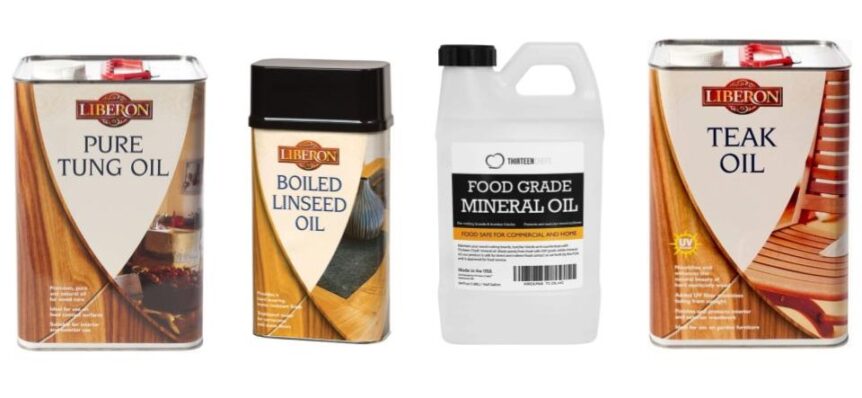Bring back teak’s honey glow – discover the best oils to revive indoor & outdoor teak furniture.

Teak is a tropical hardwood prized for its durability, water resistance, and rich warm honey color. But when used for outdoor furniture, flooring, boats, and other applications, teak will gradually weather to a silvery-gray patina from sun exposure and rain. While some may like this aged look, many prefer to keep their teak looking closer to its original golden brown color.
Luckily, there are several natural oils that can restore and protect faded teak furniture to revive its rich, warm color. But when choosing the best oil treatment for teak furniture, it’s important to consider whether the pieces are used indoors or outdoors.
For outdoor teak furniture that withstands sun, rain, and weather fluctuations, more durable oils like tung oil or teak oil are ideal. For indoor teak not subject to the elements, lighter oils like linseed or mineral oil work well.
In this article, we’ll explore the best oil options for both outdoor and indoor teak furniture. We’ll look at how oils like tung, teak, linseed, and mineral oil differ in their durability, cost, ease of application, and finish. We’ll also review proper preparation and application steps to restore your teak furnishings.
Why Oil Teak Furniture?
Over time, the natural oils present in new teak dissipate from sun and moisture exposure. This causes the wood to dry out and take on a weathered, grey cast. Applying fresh oil helps replenish those depleted oils deep in the wood pores to revive the warm, golden-brown patina of the new teak.
The oil penetrates into the teak grain to protect it from inside and out. It creates a safe, non-toxic finish that seals out moisture, food stains, and dirt while allowing the wood to breathe. Regular oiling can keep your teak furniture looking like new for decades.
Look for an all-natural plant-based oil without any solvents or petroleum ingredients. Food-safe oils like tung oil are a good choice for dining tables and kitchen items. Follow the manufacturer’s recommended drying times before use.
Which Oils Work Best for Teak Furniture?
Different natural oils have benefits that make them ideal for restoring and protecting teak furniture depending on where the pieces are used.
For outdoor teak furniture that withstands sun, rain, and weather fluctuations, a more durable oil is needed. Indoor teak pieces can benefit from lower-cost, eco-friendly oils since they aren’t exposed to harsh elements.
Let’s look at some top options for both outdoor and indoor teak furnishings:
Best Oils for Outdoor Teak Furniture
Outdoor teak furnishings really take a beating from the constant sun, moisture, and temperature extremes. The ideal oils for outdoor protection need to penetrate deeply, replenish natural oils, and create a water-resistant barrier.
Tung Oil

Pure tung oil is regarded as the best choice for finishing and maintaining outdoor teak furniture. Derived from the tropical tung tree, it absorbs well into the dense teak grain and forms a flexible, breathable barrier against water damage.
Tung oil also enhances the naturally warm, honey-brown color of teak. For optimal weather resistance, use a marine-grade tung oil formulated for boats and outdoor wood. It contains UV blockers and water repellents while allowing the wood to expand and contract naturally.
Expect to reapply pure tung oil frequently – as often as every 2-3 months for furniture that’s outside full-time. But it’s worth it to keep the beautiful golden teak patina.
Teak Oil

Specially formulated for teak’s high oil content, teak oil provides added protection for outdoor furniture. It contains both penetrating tung oil along with tough urethane or varnish resins to seal the wood pores.
The varnish helps teak oil stand up to weathering better than tung oil alone. It resists UV damage, rain, and humidity fluctuations. Teak oil lends a subtle sheen and rich color. Just a few thin coats per year will maintain outdoor teak.
Related articles:
- What Wood is Used for Mid-Century Modern Furniture?
- Best Sustainable Wood For Outdoor Furniture
- 6 Best Environmentally Friendly Wood Oils
- Best Sandpaper To Use For Upcycling Vintage Wood Furniture
Best Oils for Indoor Teak Furniture
For indoor teak pieces not subject to the elements, lighter oils work well. They nourish the wood and enhance its natural beauty at a lower cost than premium outdoor oils.
Linseed Oil

Affordable raw linseed oil is a great choice for indoor teak. Derived from pressed flaxseeds, it penetrates into the wood and cures to a hard, moisture-resistant finish. Linseed oil brings out the gorgeous caramel color tones of teak.
It may require more frequent applications than tung oil. But the ease of use, minimal odor, and smooth satin sheen make food-safe linseed a wonderful indoor option, especially for dining room teak.
Mineral Oil

A popular maintenance choice for indoor teak furniture, especially kitchen items, is food-grade mineral oil. It won’t go rancid or impart flavor like vegetable oils.
Mineral oil doesn’t soak in deeply. Rather, it forms a light seal against stains, spills, and rings. Simply apply a thin coat after cleaning to restore the wood’s glow and prevent drying. Reapply whenever the teak looks thirsty.
Walnut Oil

For a luscious, deep conditioning treatment for indoor teak, try food-safe walnut oil. It contains more polyunsaturated fatty acids than other wood finishing oils to really nourish the grain.
Walnut oil penetrates moderately and leaves behind a smooth, silky sheen. It’s perfect for restoring antique or aged teak furnishings indoors. Just be sure to allow several weeks of curing time before use.
Related articles:
- Best Sustainable Materials for Furniture
- What Is The Most Environmentally Friendly Decking Material?
- 5 Best Oils to Nourish and Protect Bamboo Furniture
- Can Rattan Furniture Be Left Outside in the Rain?
How to Apply Teak Furniture Oil
While indoor and outdoor teak furniture has different oil requirements, the preparation and application process is similar. Proper techniques are key for the oil to soak in and create an even, durable finish.
Here are some recommendations for treating teak furniture pieces with oil:
- Clean and Prepare the Surface
It’s crucial to start with a completely clean and dry teak before oiling. Old sealers, dirt, and residue will prevent the new oil from properly absorbing.
For standard cleaning, use a soft bristle brush and a mild detergent or teak-specific cleaner. Scrub all surfaces and crevices, then rinse thoroughly with fresh water. Repeat if needed to remove all contaminants.
For teak with stubborn stains or heavy build-up, you may need to sand before cleaning. Start with 150-grit sandpaper and gently smooth along the wood grain direction. Never sand across the grain, as this can damage the surface.
After sanding, clean again with detergent and water to remove any residue. Rinse and dry thoroughly before oiling. The wood should have an evenly sanded, smooth, bare surface to accept the new finish.
It’s also important that the teak is completely dry before applying oil. Any moisture will block absorption into the grain. Allow at least 24 hours or more of drying time before starting.
- Apply Oil Generously
Use a clean lint-free cloth or foam applicator to liberally apply the oil onto all surfaces. Apply along the direction of the wood grain for optimal penetration.
On vertical or angular surfaces, apply quickly and avoid over-saturating to prevent drips from pooling at the bottom. Applying oil in direct sunlight or hot conditions can also make it tacky and prone to drips. Work in the shade whenever possible.
Allow 15-20 minutes or more for the teak to completely soak up the first coating of oil. Then thoroughly wipe off any excess puddles or drips before they dry, as these can leave shiny spots.
It’s better to apply excess oil and wipe it away rather than too little, as teak will readily absorb more when dry and weathered. Proper saturation enriches the color and creates a lasting finish.
- Allow Ample Curing Time
Proper curing is one of the most important steps in finishing or refinishing teak with oil. Different oils require different cure times. Most need 7-14 days or longer per coat.
The oil needs time to completely sink into the grain, oxidize, and polymerize to harden and seal within the wood pores. Insufficient drying time leaves the surface sticky and compromised.
During curing, check periodically for tacky or oily spots and wipe clean to prevent dust and debris buildup in the sticky oil. This can affect the finish. Keep the piece in a clean, dry, controlled environment like a garage or covered patio for best results.
When fully cured, the wood should have an even sheen and smooth, hard feel. Curing takes patience, but it’s critical for longevity and performance.
- Apply Additional Coats
For the first-time oiling, 2-3 coats every 7-14 days allow the oil to fully saturate and enrich the teak. The wood will take on a deeper, richer color with each layer.
For maintenance of existing oiled teak, you can get away with just 1-2 coats per year to refresh the finish. Lightly sand and clean between coats to prepare the surface.
Applying too many coats too quickly traps uncured oil below, compromising durability. Take your time for the deepest penetration and protection. Proper prep and application will restore cherished indoor and outdoor teak for generations of use.
Other Teak Furniture Care Tips
Along with periodic oiling, here are some other tips to keep your teak looking its best:
- Routinely clean the teak with a gentle cleaner and soft brush. This prevents the buildup of dirt, mildew, and stains from accumulating.
- For stubborn stains on outdoor teak, use a bleach and water solution. Apply sparingly with a brush and rinse thoroughly.
- Allow the newly oiled teak to cure fully before placing back outside. Keep indoors or covered to avoid rain, dirt, and dust contamination.
- Consider a weatherproof cover for outdoor teak furniture when not in use. This protects from rain and UV rays between oiling.
- Be careful not to let water pool on teak surfaces at joints and ends. This can lead to rotting over time. Keep drainage pathways clear.
- Sand very lightly with fine 220 grit sandpaper before re-oiling to remove any gray, weathered top layer and expose fresh wood.
- When possible, store teak pieces indoors or in a covered area during off seasons to give the wood a rest from the elements.
Conclusion
When selecting an oil treatment for your teak furnishings, consider where the furniture is used to pick the ideal option.
For outdoor teak that withstands sun, rain, and weather extremes, choose a more durable oil like pure tung or marine-grade teak oil. Though they require more frequent applications, these oils are worth it to maintain the teak’s rich color and protect it from moisture.
For indoor teak not subject to the elements, affordable oils like raw linseed, mineral, or walnut oil work beautifully. They nourish the wood and provide enough protection from indoor use at a lower cost.
No matter if your teak lives inside or out, proper preparation is key. Ensure the wood is cleaned and fully dried before oiling. Apply enough oil to saturate the grain and wipe away any excess. Allow the oil ample curing time before use.
With the right oil match for where it’s used, even badly weathered teak can be restored to its former glory. Just be diligent with periodic re-oiling to keep your teak looking its best for generations.


